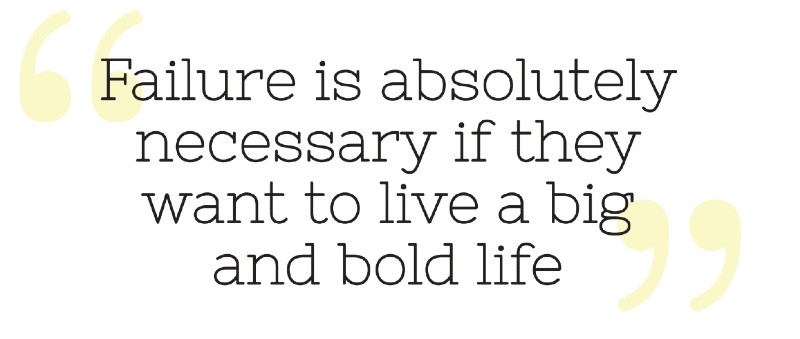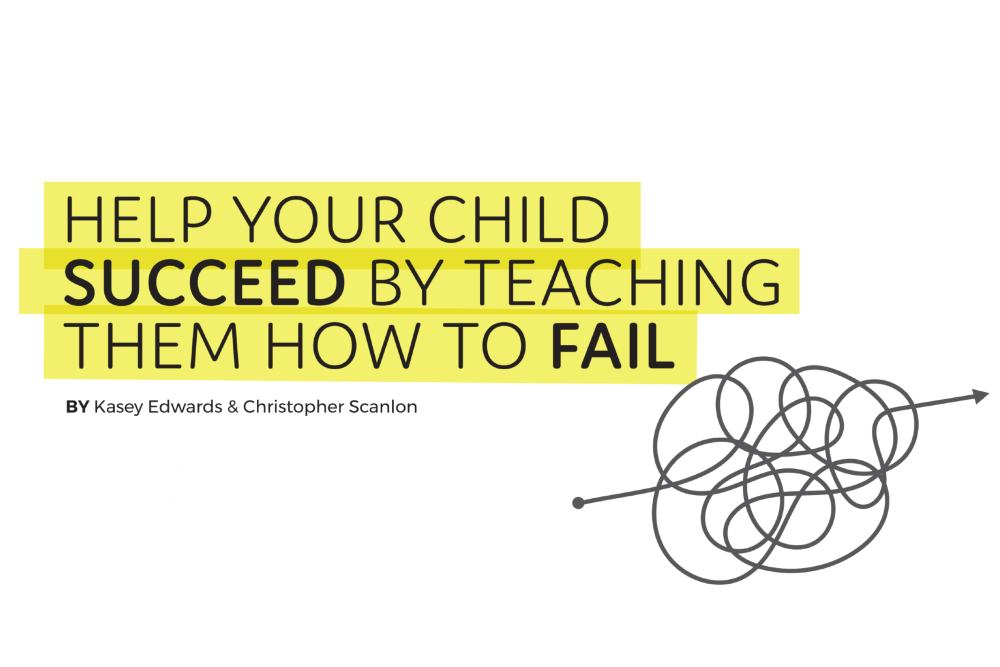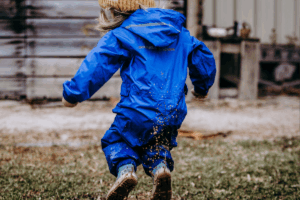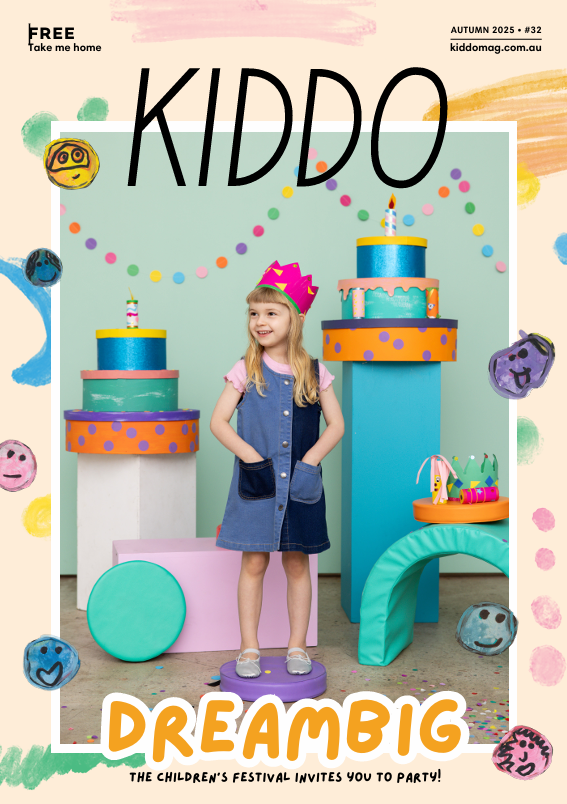WORDS: Kasey Edwards & Christopher Scanlon
‘Fail fast, fail often’ is the mantra of Silicon Valley. Tech entrepreneurs to performance coaches tell us that the road to success is paved with failure.
And they’re right.
But when it comes to children, our reflex is to shield them from failure. We’ll rush in to rescue, lower the bar or make up awards so that everyone gets a gold star. A school principal told us that he created more lead roles in the school play to make sure no child missed out.
These efforts to spare our kids are well intended. Parents feel their kid’s pain acutely. And today’s society is so scared of failure that we often feel like we are bad parents when our kids do fail.
But if children never feel failure, they’re liable to fear it. And when children are afraid of failure they limit their potential. For some kids, the prospect of failure induces anxiety to the point that they lose the ability and drive to achieve mastery.
HOW DO WE BECOME OKAY WITH LETTING OUR KIDS FAIL?
The first step is to realise that failure is natural. Watch a baby try to walk and you’ll see that making mistakes is how children naturally learn and develop. Because they have not yet learned to fear failure, and they have no concept of making a mistake, children try and try again and keep trying.
But for many children, somewhere between conquering walking and becoming an adult, the fear of failure becomes a stronger motivator than the desire for mastery and independence.
They often learn to fear failure from watching and modelling themselves after us. This is good news because it means that we can also model the opposite.
WHEN YOU STUFF UP, LET YOUR CHILD SEE IT
You may have worked this out already: you are your child’s hero. This makes you the perfect person to teach them that mistakes are not something to fear but are just part of the processes of learning and achieving.
Let’s face it: if you can screw up royally and live to tell the tale, then anyone can!

HELP YOUR CHILD SUCCEED BY TEACHING THEM HOW TO FAIL
Help your child embrace failure by sharing the skills that you’re still developing but have yet to master – and what you’re planning to do better. This could be anything from baking to your tennis backhand.
And tell your child about those times you made a right mess of something.
Show them with your own experiences that not only is it okay to make mistakes, it’s natural, unavoidable and essential. Remind them that failure is absolutely necessary if they want to live a big and bold life.
Kasey Edwards and Christopher Scanlon are the authors of Raising Girls Who Like Themselves, available at all good bookstores.






